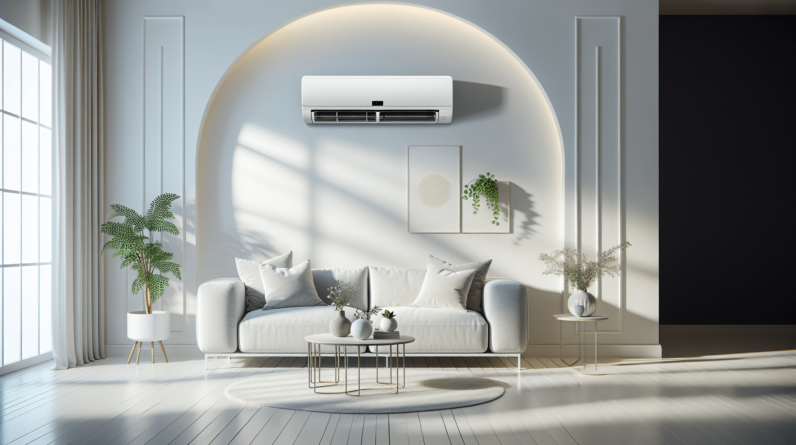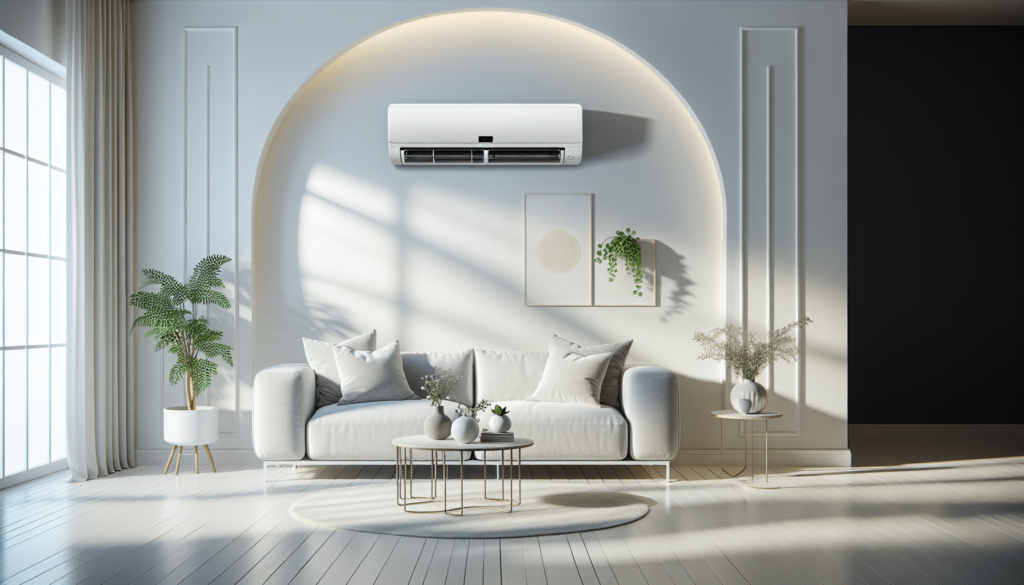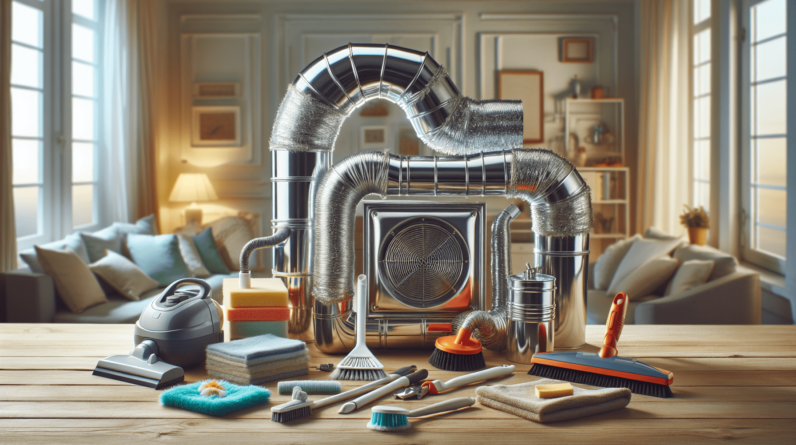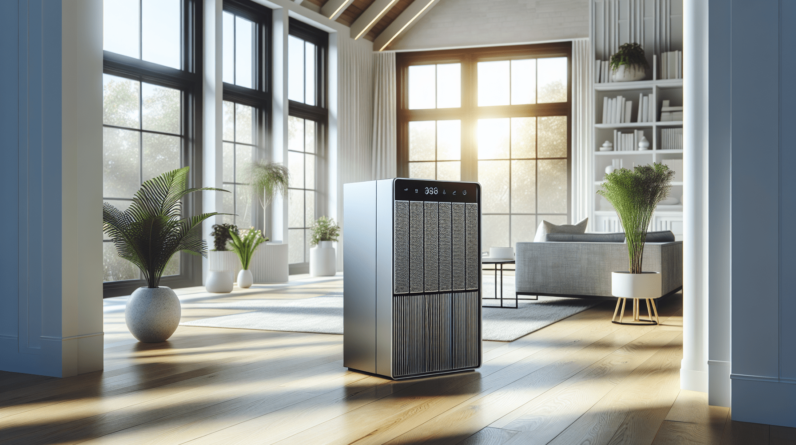

Have you ever found yourself sweating during the summer months, trying to stay cool without having to break the bank? If that sounds familiar, a mini split air conditioner might be just what you need to create a comfortable space in your home. Let’s talk about mini split air conditioners, their benefits, and why they could be the perfect choice for your air conditioning needs.

What is a Mini Split Air Conditioner?
A mini split air conditioner is a type of ductless cooling system that consists of two main components: an indoor unit and an outdoor unit. This system allows you to cool individual rooms or areas in your home without needing extensive ductwork, making it a popular choice for homes and apartments alike.
Components of a Mini Split System
The mini split system is divided into two key components:
-
Indoor Unit: This is the part of the system that sits inside your room. It’s typically mounted on the wall and is responsible for blowing out cool air to help regulate the temperature. You can find different styles and capacities to suit your living space.
-
Outdoor Unit: Located outside your home, this unit absorbs heat from the indoor air and dissipates it outside. It may either be attached to the wall or placed on the ground, depending on your setup and space.
By separating these two components, mini split systems can be more flexible and efficient compared to traditional air conditioning units.
How Does a Mini Split Air Conditioner Work?
Understanding how a mini split air conditioner works can help you appreciate its efficiency and ease of use. The process involves a refrigerant that cycles between the indoor and outdoor units to transfer heat.
The Refrigeration Cycle Explained
The refrigeration cycle can be broken down into several steps:
-
Heat Absorption: The refrigerant in the indoor unit absorbs heat from the room air, causing it to evaporate into a gas.
-
Compression: This gas is then transported to the outdoor unit, where it undergoes compression. This raises the pressure and temperature of the gas.
-
Heat Release: The hot, high-pressure gas is then cooled in the outdoor unit, as it releases heat into the outside air. This process condenses the gas back into a liquid.
-
Cycle Repeats: The refrigerant, now in liquid form, returns to the indoor unit to absorb more heat, and the cycle begins again.
This clever cycling mechanism is what allows mini split air conditioners to provide efficient cooling without needing additional ducts.
Advantages of Mini Split Air Conditioners
You might wonder why you should choose a mini split air conditioner over a traditional system. Several benefits make mini splits an attractive option for cooling your living space.
1. Energy Efficiency
If you’re looking to save on energy costs while keeping your space comfortable, mini splits shine in this department. They can operate on significantly less energy than window or centralized AC systems, leading to lower utility bills. Many mini split models are also Energy Star certified, which ensures they meet strict efficiency guidelines.
2. Flexibility in Installation
One of the biggest advantages of mini split systems is their easy installation. Since they don’t require ductwork, less invasive installation methods are needed. This can save on labor costs and reduce the time it takes to set up. You have the option to install multiple indoor units connected to one outdoor unit, allowing you to customize cooling for each room.
3. Zoning Capability
Mini split air conditioners allow for zoning, which means you can control the temperature in different rooms independently. This is perfect if certain areas of your home are used more frequently than others or if family members prefer different comfort levels. No more battling over the thermostat!
4. Quiet Operation
Are you tired of loud air conditioning units? Mini split systems typically operate much more quietly than conventional options. The indoor units are designed to be whisper-quiet, allowing you to enjoy a peaceful and cooling environment without disruptive noise.
5. Improved Air Quality
Many mini split models come with advanced filtration systems that can improve the air quality in your spaces. These filters can trap dust, allergens, and particles, making your home a healthier place to breathe.
6. Aesthetic Appeal
Mini split systems come in a range of designs and sizes, allowing you to choose a style that complements your décor. The indoor unit’s compact design means that it doesn’t take up too much space or draw attention from the overall aesthetics of your room.
Disadvantages of Mini Split Air Conditioners
While mini split air conditioners have many advantages, they aren’t without some drawbacks. Here are a few considerations to keep in mind.
1. Higher Initial Cost
The upfront cost of purchasing and installing a mini split system can be higher than traditional window or portable air conditioners. However, it’s important to balance this with the long-term energy savings you’ll experience.
2. Installation Complexity
Although mini splits are easier to install than ducted systems, they still require professional installation. A poorly installed system can lead to inefficiencies, potential leaks, and future problems, so it’s best to hire a qualified technician.
3. Maintenance Requirements
Mini split systems require regular maintenance, including cleaning or replacing filters, checking refrigerant levels, and ensuring proper drainage. If neglected, this could impact efficiency and system lifespan.


Choosing the Right Mini Split Air Conditioner
Now that you understand the basics, how do you go about selecting the right mini split air conditioner for your home? Here are some key factors to consider.
1. Sizing Your Unit
Proper sizing is crucial for efficient cooling. An undersized unit will struggle to cool your space, while an oversized unit will cycle on and off too frequently, leading to inefficient energy use. To determine the correct size for your needs, consider the following:
-
Room Size: Measure the square footage of the area you want to cool.
-
Insulation Quality: Consider your home’s insulation and how many windows or doors are in the room.
-
Climate: The local climate can impact how much cooling you need.
A professional HVAC technician can perform a load calculation to help you choose the appropriate size.
2. Energy Efficiency Ratings
Look for units with high energy efficiency ratings. The Seasonal Energy Efficiency Ratio (SEER) and the Energy Efficiency Ratio (EER) indicate how much cooling output you’ll receive per energy unit consumed. Higher ratings typically mean lower operating costs.
3. Indoor Design and Aesthetics
Mini splits come in various designs, including wall-mounted, ceiling-mounted, and floor-mounted options. Think about how the unit will fit in with your room’s decor and consider how visible you want the unit to be.
4. Features
When comparing different models, consider which features are most important to you. Some units come with Wi-Fi connectivity, remote control, programmable timers, or multi-zone capabilities. Making a list of your needs can help streamline your selection process.
5. Brand Reputation and Warranty
It’s always wise to do some research on brand reputation and customer service. Look for brands with a history of reliable products and good warranties. A solid warranty will cover potential repairs or replacements for a period of time, ensuring you are protected against unforeseen issues.
Installation Process of Mini Split Air Conditioners
Once you’ve chosen your mini split air conditioner, the installation process is the next step. Here’s a simplified overview of what to expect during installation.
1. Site Assessment
A professional technician will assess your home to determine the best locations for the indoor and outdoor units. Factors like room layout, accessibility, and potential obstructions will be taken into account.
2. Preparing Installation Locations
The technician will prepare the sites for installation. This may involve drilling holes for the refrigerant lines, mounting the indoor unit to the wall, and placing the outdoor unit on a sturdy base.
3. Connecting the Units
Once the preparation is complete, the technician will connect the indoor and outdoor units using insulated refrigerant lines, a condensate drain line, and electrical wiring.
4. Testing the System
After installation, the technician will test the system to ensure everything is functioning properly. They will check refrigerant levels, make sure the system is cooling effectively, and verify that no leaks are present.
5. Providing Instructions
Finally, the technician will walk you through how to operate your new mini split system, including adjusting settings, cleaning the filters, and troubleshooting basic issues.
Maintenance Tips for Mini Split Air Conditioners
To ensure your mini split air conditioner operates efficiently, it’s essential to perform regular maintenance. Here are some tips to keep your system running smoothly.
1. Clean or Replace Filters
Regularly cleaning or replacing the filters is crucial for optimal performance and air quality. Most filters should be cleaned every month or so, but refer to your user manual for specific guidelines.
2. Check the Condensate Drain
Make sure the condensate drain is clear to prevent clogging and potential water damage. You can often do this by running a mixture of vinegar and water through the drain line to help clear any buildup.
3. Schedule Professional Maintenance
Consider scheduling a professional maintenance check-up at least once a year. A technician can perform a more thorough inspection and service your system to ensure everything is functioning efficiently.
4. Keep the Outdoor Unit Clear
Maintain the area around your outdoor unit by keeping vegetation and obstructions away. Ensure the unit has sufficient airflow to function effectively.
5. Monitor Performance
Pay attention to how well your system is cooling your space. If you notice any unusual noises, decreased cooling efficiency, or increased energy bills, it may be time to contact a technician for repairs.
Conclusion
Investing in a mini split air conditioner can be a fantastic way to efficiently cool your home while enjoying the benefits of zoning, energy savings, and quiet operation. Though there are considerations to keep in mind, the advantages often outweigh the disadvantages, particularly for those looking for flexible and effective cooling solutions.
When choosing the right mini split system for your needs, consider factors like size, energy efficiency, and design. Additionally, follow through with regular maintenance to ensure your system continues to work effectively for many years to come.
Next time summer rolls around, you’ll be glad you made the decision to invest in comfort with a mini split air conditioner! Remember, a cool and comfortable living space is just a small investment away.






